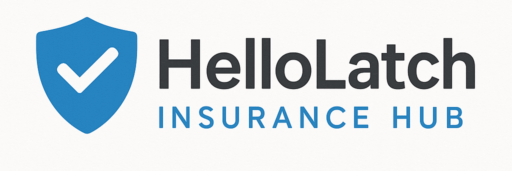
Health insurance is essential—but that doesn’t mean it has to break the bank. If you’re looking for ways to save money on health insurance without giving up the protection you need, you’re not alone. Whether you’re self-employed, supporting a family, or simply want better value, this guide offers smart and legal ways to cut your insurance costs while staying covered.
Why It’s Important to Manage Health Insurance Costs
With rising premiums and healthcare expenses, understanding how to save money on health insurance can help you:
- Protect your budget
- Avoid medical debt
- Access the care you need when you need it
Many people overpay simply because they’re unaware of available options. Let’s change that.
1. Compare Plans During Open Enrollment
Open enrollment is your best opportunity to switch to a more affordable plan. Use comparison tools like Healthcare.gov or your state’s exchange to:
- Compare monthly premiums and deductibles
- Evaluate provider networks
- Check if your doctors and medications are covered
Even if you’re happy with your current plan, it’s worth checking what’s available each year.
2. Consider a High-Deductible Health Plan (HDHP)
HDHPs have lower premiums and are often paired with a Health Savings Account (HSA). This option is best for:
- Healthy individuals or families
- Those who don’t visit the doctor often
- People who can cover the higher deductible in an emergency
Bonus: HSA contributions are tax-deductible, grow tax-free, and can be used for qualified medical expenses.
3. Take Advantage of Subsidies and Tax Credits
If you buy your insurance through the Marketplace, you may qualify for:
- Premium Tax Credits based on income
- Cost-sharing reductions for lower deductibles and copays
Use the subsidy calculator from KFF to estimate what you might save.

4. Stay In-Network Whenever Possible
Going out of network can result in massive surprise bills. Always check if:
- Your primary care doctor is in-network
- Specialists and hospitals are covered
- Labs and urgent care centers are part of the plan
Tip: Use your insurer’s mobile app to locate in-network providers instantly.
5. Choose Generic Medications
Generic prescriptions are typically 80–85% cheaper than brand-name drugs. When available, ask your doctor:
- Is there a generic equivalent?
- Is there a therapeutic alternative?
Most insurance plans offer the lowest copay tier for generics.
6. Use Preventive Care—It’s Free
Under most plans, preventive care services are 100% covered, even before you meet your deductible. These include:
- Annual checkups
- Vaccinations
- Screenings (like cholesterol or cancer checks)
Using these services can catch health issues early and reduce long-term costs.
7. Bundle Insurance Policies
Many insurance companies offer discounts if you bundle:
- Health + Dental
- Health + Vision
- Health + Life Insurance
Speak with your insurance provider or broker about multi-policy discounts.
8. Adjust Coverage as Life Changes
As your life evolves, your health insurance needs may change:
- Recently got married or divorced?
- Had a child?
- Changed jobs or moved?
Review and adjust your coverage so you’re not paying for more than you need.
Real-Life Example
Mark, a self-employed graphic designer, saved over $1,200 a year by switching to a high-deductible health plan with an HSA and bundling dental coverage with his existing policy. He used the tax savings from his HSA to pay for occasional medical expenses, keeping his budget on track.
Internal and Outbound Links
Internal Links:
- Health Insurance Basics: What Every Beginner Needs to Know
- Top Car Insurance Discounts You Might Be Missing
Outbound Links:
Conclusion
You don’t have to compromise your coverage to save on health insurance. By making strategic choices—like comparing plans, using subsidies, and leveraging preventive care—you can reduce costs and still get the protection you need. Start reviewing your options today and take control of your healthcare expenses.

